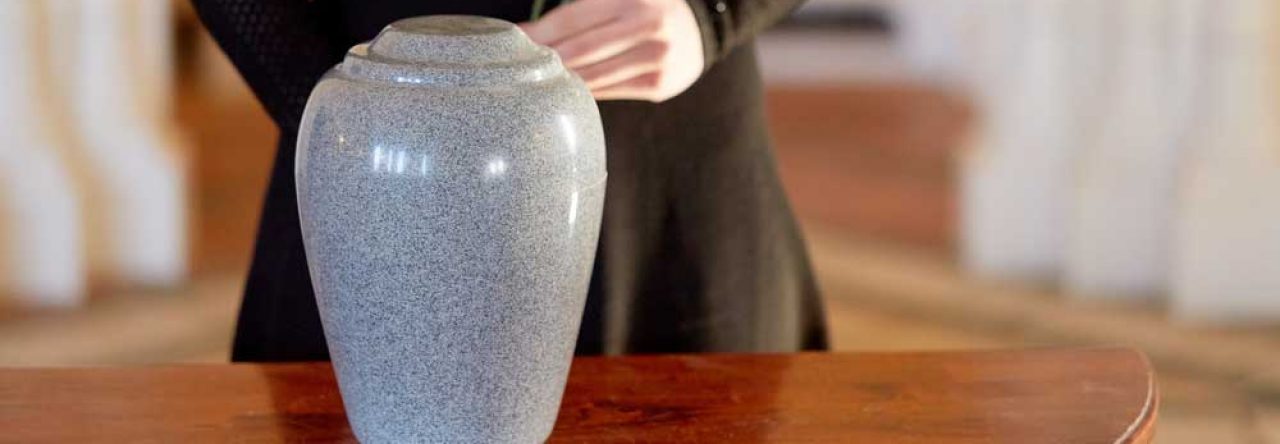PRP injections, or Platelet-Rich Plasma injections, are a relatively new and increasingly popular form of regenerative medicine. They are used to help treat a variety of conditions, including arthritis, tendinitis, ligament and cartilage injuries, and more. But what exactly are PRP injections, and what do you need to know before considering them as a treatment option? If you want to know more about PRP Injections , you can explore this link.
PRP injections are made from a patient's own blood, which is rich in platelets. Platelets are an important part of the blood that promote healing. When platelets are concentrated and injected into the injured area, they help to stimulate the body's natural healing process.

When considering PRP injections, it is important to understand that they are not a one-size-fits-all solution. The success of the injections depends on the individual patient's health, the severity of their condition, and the area of the body being treated. It is also important to note that PRP injections are not a substitute for traditional medical treatments and should be used in conjunction with other treatments, such as physical therapy.
The process of receiving PRP injections usually begins with a blood draw. The blood is then spun in a centrifuge to separate the platelets from the other components. The platelets are then concentrated and injected into the area of injury. The entire process typically takes about an hour. The effects of PRP injections vary from person to person. Some patients may experience immediate relief from their pain and inflammation, while others may take weeks or months to see the full effects.
